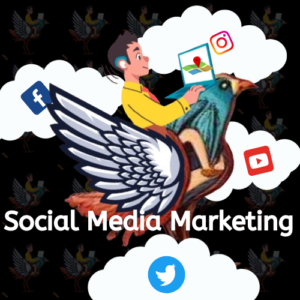Social Media Marketing
What is Social Media Marketing? Social media marketing is the use of social media platforms to connect with your audience to build your brand, increase sales, and drive website traffic. This involves publishing great content on your social media profiles, listening to and engaging your followers, analyzing your results, and running social media advertisements. The major social media platforms (at the moment) are Facebook, Instagram, Twitter, LinkedIn, Pinterest, YouTube, and Snapchat. There are also a range of social media management tools that help businesses to get the most out of the social media platforms listed above. For example, Buffer is a platform of social media management tools, which can help you achieve success with your social media marketing. Whether you want to build a brand or grow your business, we want to help you succeed. A Quick Overview of Social Media Marketing Social media marketing first started with publishing. Businesses were sharing their content on social media to generate traffic to their websites and, hopefully, sales. But social media has matured far beyond being just a place to broadcast content. Nowadays, businesses use social media in a myriad of different ways. For example, a business that is concerned about what people are saying about its brand would monitor social media conversations and response to relevant mentions (social media listening and engagement). A business that wants to understand how it’s performing on social media would analyze its reach, engagement, and sales on social media with an analytics tool (social media analytics). A business that wants to reach a specific set of audience at scale would run highly-targeted social media ads (social media advertising). As a whole, these are often also known as social media management. To Know More Click here
Social Media Marketing Read More »
